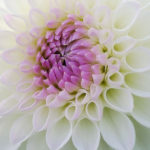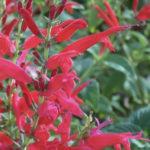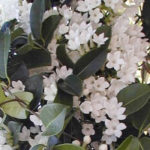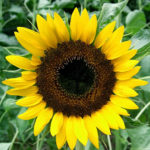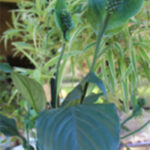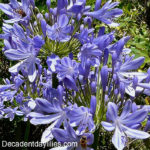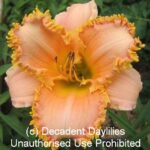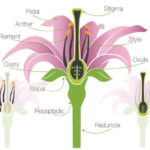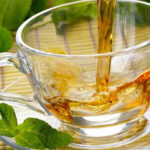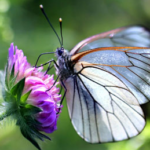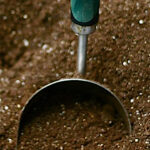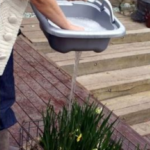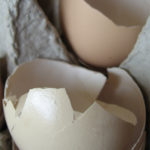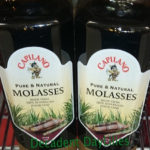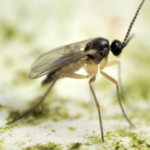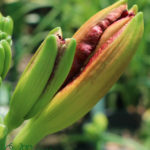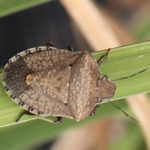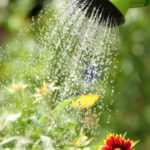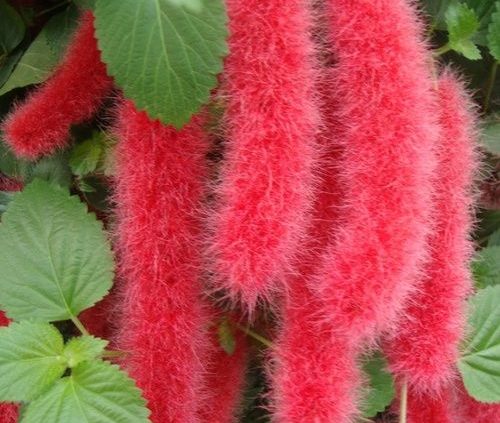
Chenille Plant Propagation
Chenille Plant – Caring For Strawberry Firetails In Hanging Baskets
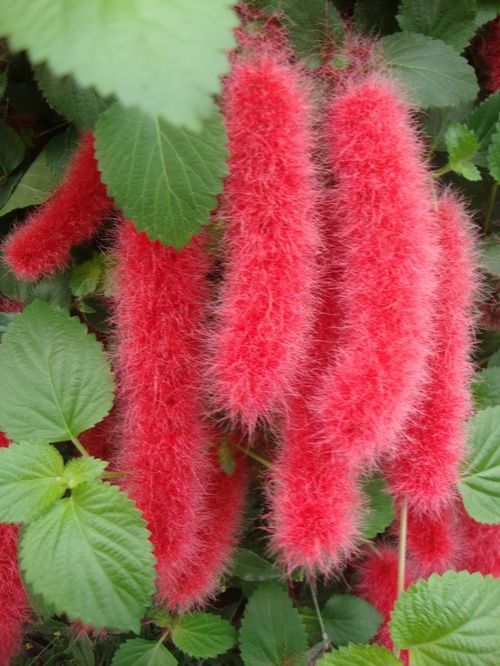 Chenille plant or Acalypha Hispida is an awesome ornamental plant with a glowing shade of medium green oval serrated leaves, flowering with pendulous fluffy red coloured florescences. Chenille is the French word for caterpillar. The inflorescence of the plant looks similar in appearance to hairy caterpillar, hence the name. The common name of the plant is Red Hot Cat’s Tail or Strawberry Firetails. This plant originally belongs to New Guinea and the Philippines. This tropical shrub can grow to a height of 3 metres and can spread 3 metres wide. The shrub is pruned to keep it smaller. The leaves are evergreen and the flowers lacking petals, but with coloured stigmas are borne on catkin like inflorescence, which is 30-50 cm long. The showy inflorescences are produced throughout the year. It can be used as border hedges or as a container plant. Some smaller types are suitable to grow in hanging baskets.
Chenille plant or Acalypha Hispida is an awesome ornamental plant with a glowing shade of medium green oval serrated leaves, flowering with pendulous fluffy red coloured florescences. Chenille is the French word for caterpillar. The inflorescence of the plant looks similar in appearance to hairy caterpillar, hence the name. The common name of the plant is Red Hot Cat’s Tail or Strawberry Firetails. This plant originally belongs to New Guinea and the Philippines. This tropical shrub can grow to a height of 3 metres and can spread 3 metres wide. The shrub is pruned to keep it smaller. The leaves are evergreen and the flowers lacking petals, but with coloured stigmas are borne on catkin like inflorescence, which is 30-50 cm long. The showy inflorescences are produced throughout the year. It can be used as border hedges or as a container plant. Some smaller types are suitable to grow in hanging baskets.
How to Grow?
This plant requires locations with full sunlight to achieve vigorous growth. They can be grown in partly shaded areas as well. In warmer areas, it is necessary to provide protection from the hot afternoon sun. A wilted chenille plant that has forgotten to be watered once watered this plant will spring back and burst into flower with in weeks. They are very tough plants much tougher than they look. When you are placing them indoors, place them near windows where the plant can receive a good level of sunlight. You can grow these plants in the sandy, clayey or loamy soil, which are humus rich, fertile and well draining. They can grow in soils with pH values ranging from 5.0 and 7.5. Keep the soil moist till the plant gets established.
How to Care for Chenille Plant?
- As the plant produces flowers regularly, it needs regular feeding.
- The important part of caring for chenille plant is that it needs to be provided with flower fertiliser of half strength such as maxicrop every second week to support growth and flowering during summer and throughout the year.
- The leaves of the plant turn yellow if there is a lack of manure. Adding manure along with fertiliser can solve the problem.
- Stop providing fertilisers during winter months when the plant goes dormant in growth.
- Regular trimming of the leaves and flowers is essential to get a continuous display of red fluffy tassel flowers.
- During summer you can cut back the plant to a height of 12 inches and you will have compact plants with many flowers.
Propagation
The plant is propagated mainly through stem cuttings. During early spring you can take the softwood cuttings of the plant. In late summer, take semi hardwood cuttings for propagation. Plant the cut stem in well-drained moist soil.
Growing in Hanging Baskets
The dwarf variety stays naturally small and does not need much pruning, a fabulous variety for growing in hanging baskets. When grown in containers, prune them to 4-8 inches in spring to promote branching and this can make them constantly bloom. Keep the soil moist and avoid wetting the inflorescence. Acalyphas are frost tender, so during winter bring the plant indoors to a warm area away from the cold weather. During winter reduce watering and fertilising, but provide humidity by misting water over the plant this will help to keep the bugs and insects away more so the spider mites. A healthy chenille plant can add beauty to your sunny window or hanging basket. The everblooming drooping flowers cascade from the sides of the hanging basket providing a beautiful look to the basket. Only female plants are grown in the garden as only female plants produce flowers. When the outside temperatures are warm you can move the plant outside to a sheltered position. Gradually increase the exposure to sunlight to provide enough time for the plant to acclimatise to the sun.


